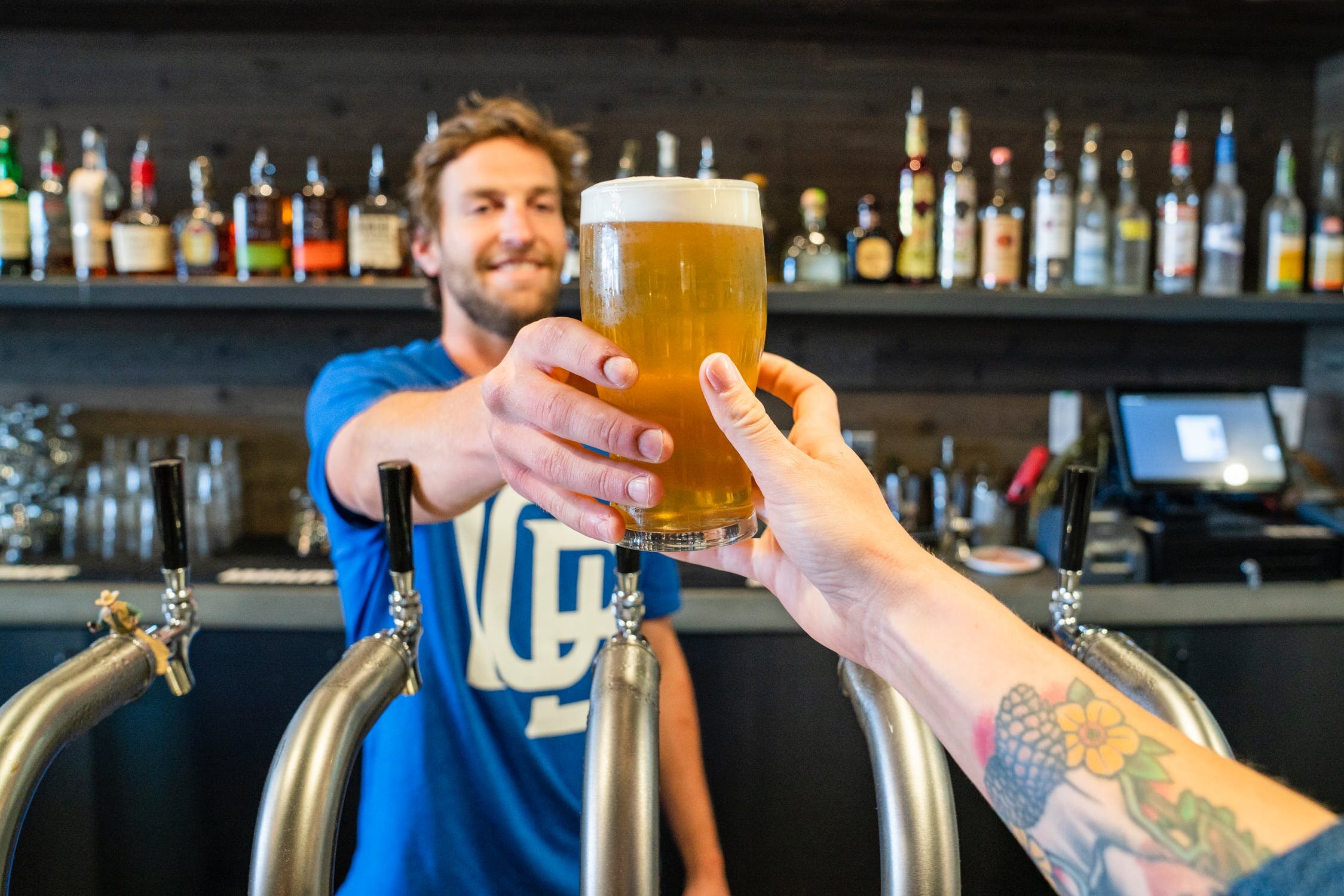DO YOU KNOW THE OPTIMAL TEMPERATURE TO DRINK BEER?
Best Temperature For Drinking Beer?
When it comes to beer , you may think that colder is better. Especially if you’re dreaming of sipping that Corona on a beach in Mexico. But, colder isn’t always better when it comes to all styles of beer. Just like fine wines are served at different temps, beer should be considered the same way. So, how do you know the optimal temperature for drinking beer? Well, we’re laying out a guideline just for you. You don’t want to be the awkward person drinking their imperial stout at 40 degrees, that would be so embarrassing, right?
In the end, you have to take everything with a grain of salt. Some people just like red wine cold or ice cubes in their rose. The same can be said for beer. It might be frowned to drink a lager at 60 degrees, but hey if you like it, you do you.
Here are the preferred temps by beer:
35–40°F (2–4°C):
Mass market light lagers like Coors and Budweiser. These beers have a low ABV and won’t produce more flavor if left to get a little warm. Many microbrewers and warm beer enthusiasts point to the so-called “macrobrews” for continuing the “ice cold” beer trend. Unlike with the higher alcohol and flavor content of microbrews and many European beers, many traditional American beers are improved by these cold temperatures.
40–45°F (4–7°C):
Czech and German Pilsners, Munich Helles, wheat beers, and Kölsch. Again, The colder the beer, the less carbonation is released; the less carbonation that’s released, the less aroma the beer gives off. These styles of beers aren’t bursting with flavor so they can be served at a slightly warmer temperature, but still chilled.
45–50°F (7–10°C):
IPAs, American pale ales, porters, and most stouts. “The worst thing that can happen to a New England IPA is to serve it anywhere below 38 degrees, which is a common serving temperature,” says Eric Bachli, chief product officer at Sixpoint Brewery, previously at the helm as head brewer at Trillium. “If you serve it below that, you really diminish and lose out on the flavor potential for that beer.”
50–55°F (10–13°C):
Belgian ales, sour ales, Bocks, English bitters and milds, Scottish ales. These brewers tend to brew with different types of yeast they generally come out more full bodied. Regarding sours because there are so many varities, there isn’t really a set temperature to drink them all.
55–60°F (13–16°C):
Barleywines, imperial stouts, Belgian strong ales, and Doppelbocks. This temperature is considered “cellar temperature” and is best for the highest ABV and full bodied beers. A warmer temperature allows all of the flavors and notes to unlock.
Keep in mind these are just guides, most restaurants don’t have separate refrigerators for all their beers. And most people don’t show up to dinner or drinks armed with a thermometer. So if you want to try certain beers a little warmer, just let them sit for a few minutes after ordering. That is, if you can wait. Now, what is your optimal temperature to drink beer? Let us know your opinion in the comments.

